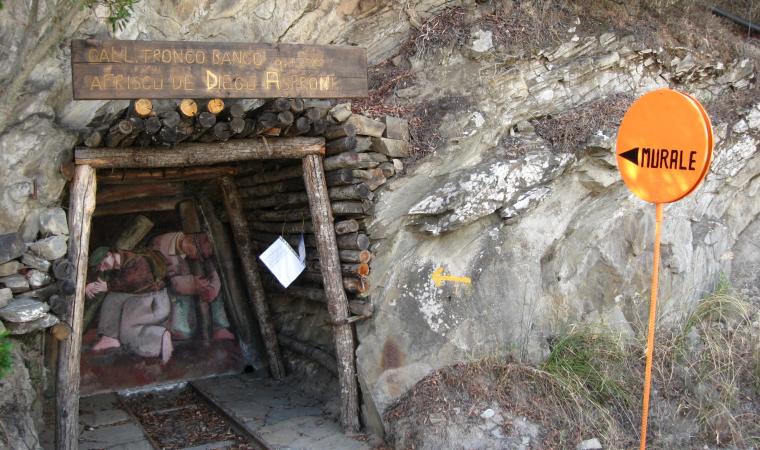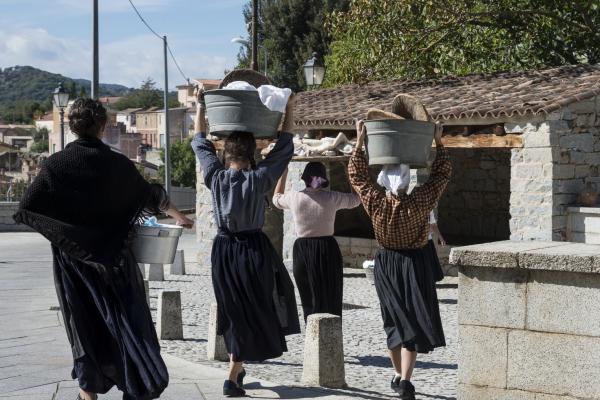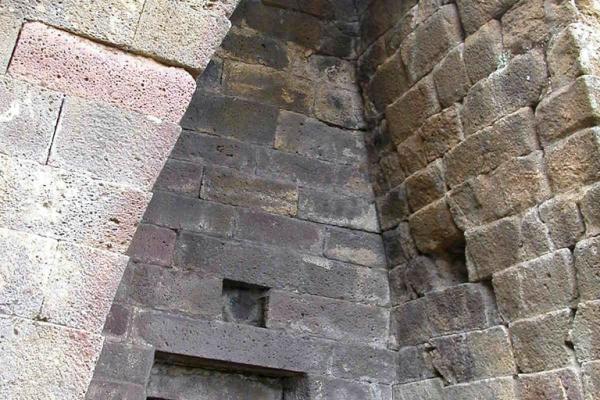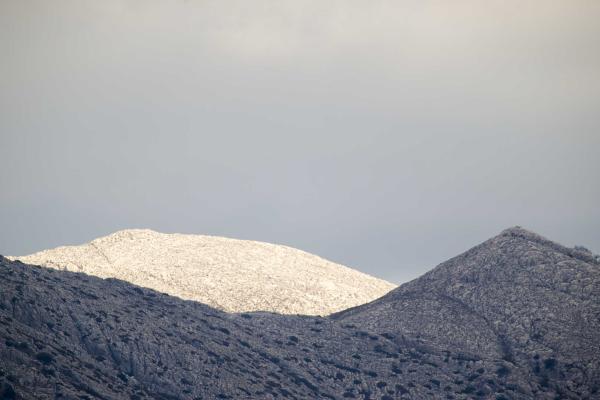A long history to be shared and to be discovered. Exploited in Antiquity, rediscovered in the mid-19th century and passing through various concessionary companies until the end of the 20th century, the Sos Enattos mine – the last Nuorese metal basin to cease operation (in 1996) – is now a ‘jewel’ of industrial archaeology and part of the Geominerario della Sardegna park, protected by UNESCO. With wells, washeries and other structures that are in a perfect state of conservation and which can be visited, the mine is immersed within the beautiful landscape, mostly untouched, of the ‘dolomitic’ chain of Mount Albo. Set amidst the woods of badgers, holm oaks, junipers and Mediterranean bush, it is the habitat of mouflon and royal eagles. Sos Enattos is part of a vast mining complex within the Lula territory, which includes two other nearby mines of galena and silver – Guzzurra and Argentaria – with the respective miners’ villages. Originally, the minerals were transported via ox carts to the Santa Lucia beach in Siniscola, then loaded onto ships.

Mines
The principle evidence of the epic feats occurring in the Nuorese area, at the heart of the island, where a world of ‘crystallised’ endeavours can be explored in a splendid naturalistic setting
The principle evidence of the epic feats occurring in the Nuorese area, at the heart of the island, where a world of ‘crystallised’ endeavours can be explored in a splendid naturalistic setting
See this place because...
In a landscape dominated by Monte Albo and pristine nature is the ‘jewel’ of industrial architecture, a legacy of hard work in the mine
Pictures and videos
You may also like
More attractions in the vicinity
Nearby hotels and accommodations

Bed and breakfast
LULA
5 km

Bed and breakfast (rental rooms)
LULA
5 km

Bed and breakfast (rental rooms)
LULA
5 km

















